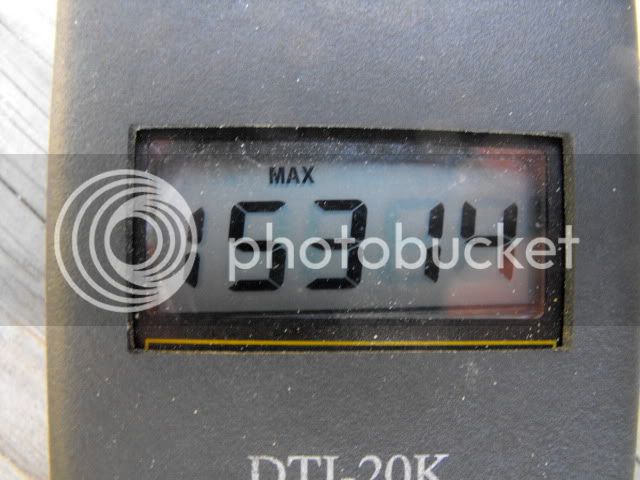CHEVYTOWN13
Addicted to ArboristSite
Roughed out the ports:
New timing -
Ex = 92 ATDC, (Beyond The Point Of No Return)
Xf = 123 ATDC
In = 79
:hmm3grin2orange:

Roughed out the ports:
New timing -
Ex = 92 ATDC, (Beyond The Point Of No Return)
Xf = 123 ATDC
In = 79
That vid makes me want to put a pipe on every saw i own. Love it.
Sv, yeah, it's the 365 Especial. I believe it is 4 stroking before the cold cut. After that cold cut, it warmed up and this is what it ended up with when I took a reading after the last cut. And the plug looked real good. I'm thinking of going all the way and adding a belly so that I can raise the exhaust roof for a true piped saw at 90º ATDC for some gnarly RPM's. But the Kita 6401 is beckoning for a pipe too



L22, how about your Stihl 042?
That wood make a great candidate

We dont get many kita's or dolmars in our neck of the woods that are played with much, would definitely be interested in seeing a kita piped. The potential and capabilities!!
Where ya been??
Horses, ya gotta love 'em or make REALLY big hamburgers!!!
We dont get many kita's or dolmars in our neck of the woods that are played with much, would definitely be interested in seeing a kita piped. The potential and capabilities!!
Roughed out the ports:
New timing -
Ex = 92 ATDC, (Beyond The Point Of No Return)
Xf = 123 ATDC
In = 79
Question: why widen the lower transfer port towards the intake? or is it more of a "creating a better flow path" from all sides as opposed to a "widening"?
pretty good read if you don't know(i didn't)
http://www.scribd.com/doc/9726341/Two-Stroke-Proformance-Tuning
A better flow path yes, but from all sides?
I think more of a direct flow path from the intake at full song.
To be honest I read a post from a highly respected builder out of Northern CA who recommended it to another newbie, but he didn't mention why
I guess I never pictured the flow going from the intake port directly into the transfer. I was picturing the flow coming primarily from the bottom of the transfer.
Enter your email address to join: